Raymarine QUANTUM Q24C 18 Radar
The Raymarine Quantum Q24C 18 Radar is one of the most advanced marine radar systems available on the market today. Designed by Raymarine, a trusted name in marine electronics, the Q24C is a solid-state radar system that offers high-performance CHIRP pulse compression technology, lightweight design, and seamless Wi-Fi connectivity. Whether you’re a professional mariner, weekend sailor, or avid fisherman, this radar system is an essential tool for safe and reliable navigation.
Raymarine QUANTUM Q24C 18 Radar: The Ultimate Guide for Marine Navigation
The Raymarine Quantum Q24C 18 Radar is one of the most advanced marine radar systems available on the market today. Designed by Raymarine, a trusted name in marine electronics, the Q24C is a solid-state radar system that offers high-performance CHIRP pulse compression technology, lightweight design, and seamless Wi-Fi connectivity. Whether you’re a professional mariner, weekend sailor, or avid fisherman, this radar system is an essential tool for safe and reliable navigation.
In this detailed guide, we’ll explore everything you need to know about the Raymarine Quantum Q24C 18 Radar—from technical specs and features to installation, benefits, comparisons, and frequently asked questions. This article is SEO optimized to help marine electronics buyers and boating enthusiasts make informed purchasing decisions.
Table of Contents
-
What is the Raymarine Quantum Q24C 18 Radar?
-
Key Features of the Raymarine Q24C
-
Technical Specifications
-
CHIRP Pulse Compression Technology Explained
-
Advantages of Solid-State Radar
-
Installation and Compatibility
-
Performance in Real-World Conditions
-
Comparison with Traditional Radars
-
Ideal Applications and Use Cases
-
Pros and Cons
-
Price and Where to Buy
-
Frequently Asked Questions (FAQs)
-
Conclusion
1. What is the Raymarine Quantum Q24C 18 Radar?
The Raymarine Quantum Q24C 18 Radar is a compact, 18-inch dome radar that utilizes advanced CHIRP pulse compression technology. Unlike traditional magnetron-based radar systems, the Q24C is solid-state, making it lighter, safer, and more energy-efficient.
Released by Raymarine, a division of FLIR Systems, the Q24C is designed for integration with Raymarine LightHouse™ operating systems and multi-function displays (MFDs) such as Axiom and eS/gS series.
2. Key Features of the Raymarine Q24C
Here are the standout features that make the Quantum Q24C a top pick:
-
CHIRP Pulse Compression Technology for high-resolution images
-
Solid-State Design – no magnetron, no warm-up time
-
Wi-Fi Connectivity – wireless connection to Raymarine MFDs
-
Lightweight Dome (5.6 kg / 12.3 lbs) – easy to install
-
Low Power Consumption – ideal for sailboats and smaller vessels
-
Superior Short-Range Detection – detects targets as close as 18 feet
-
Minimal Radiation – safer operation, even when powered on
-
Fast Target Separation and Detection
-
Easy Plug-and-Play Installation
3. Technical Specifications
| Feature | Specification |
|---|---|
| Radar Type | Solid-State Doppler with CHIRP Pulse Compression |
| Antenna | 18″ Diameter Dome |
| Range | 18 ft to 24 NM |
| Power Consumption | 17 Watts (Transmit), 7 Watts (Standby) |
| Weight | 5.6 kg (12.3 lbs) |
| Beam Width | Horizontal: 4.9°, Vertical: 20° |
| Rotation Speed | 24 RPM (typical) |
| Voltage | 12V DC |
| Interfaces | Wi-Fi and RayNet Ethernet |
| Max Wind Speed | 100 knots |
| Waterproof Rating | IPX6 |
4. CHIRP Pulse Compression Technology Explained
The Quantum Q24C uses CHIRP (Compressed High-Intensity Radiated Pulse) technology. Traditional radar systems emit a single-frequency pulse, while CHIRP radars emit a range of frequencies in each pulse. This results in:
-
Better target resolution
-
Improved signal-to-noise ratio
-
Clearer images at both short and long ranges
-
Less clutter in tight, high-traffic areas
This makes it especially useful for collision avoidance, weather detection, and navigating through narrow channels.
5. Advantages of Solid-State Radar
Unlike traditional magnetron radar systems, the Quantum Q24C is solid-state, providing several benefits:
5.1. No Warm-Up Time
Start navigating instantly. The radar is ready to go the moment you power it on.
5.2. Lower Power Usage
Consumes less power—perfect for sailboats and smaller powerboats with limited electrical systems.
5.3. Longer Lifespan
Solid-state systems have fewer moving parts, resulting in less maintenance and longer durability.
5.4. Safer Emissions
Because it operates with lower transmission power, the Q24C emits minimal radiation, making it safer for passengers and crew.
6. Installation and Compatibility
6.1. Easy DIY Installation
The lightweight, compact dome can be mounted on most radar masts or radar arches. The Wi-Fi model allows wireless connection, reducing the need for bulky cables.
6.2. Raymarine System Integration
Compatible with:
-
Raymarine Axiom series
-
Raymarine eS and gS series
-
LightHouse II and III operating systems
You can connect it via Wi-Fi or RayNet Ethernet depending on the model you choose.
7. Performance in Real-World Conditions
7.1. Short-Range Precision
Detects targets as close as 18 feet, making it ideal for docking, anchoring, or avoiding floating debris.
7.2. Long-Range Clarity
With a maximum range of 24 nautical miles, it provides clear detection of distant targets including ships, landmasses, and squalls.
7.3. Weather Penetration
Unlike some lower-end solid-state radars, the Q24C can penetrate rain and fog, ensuring visibility during bad weather.
8. Comparison with Traditional Radars
| Feature | Raymarine Q24C | Traditional Magnetron Radar |
|---|---|---|
| Warm-Up Time | None | 2–3 Minutes |
| Radiation | Minimal | Moderate |
| Resolution | High (CHIRP) | Lower |
| Power Consumption | Low | High |
| Weight | Lightweight | Heavier |
| Price | Moderate to High | Moderate |
| Lifespan | Longer | Shorter (due to magnetron) |
9. Ideal Applications and Use Cases
The Quantum Q24C is designed for a wide range of marine applications:
-
Recreational Boating: Great for coastal cruising, island hopping, and day sailing.
-
Fishing Boats: Spot birds and fish aggregations with better resolution.
-
Sailing Yachts: Lightweight and low-power, perfect for long-distance sailors.
-
Charter Operators: Reliable radar for safe passenger navigation.
-
Search and Rescue: Quick warm-up time and high target resolution are crucial.
10. Pros and Cons
Pros
✅ Excellent short and long-range performance
✅ Lightweight and compact
✅ CHIRP pulse compression technology
✅ Low power usage
✅ Safer than magnetron-based radar
✅ Wireless connectivity available
Cons
❌ Maximum range of 24 NM may be insufficient for offshore navigation
❌ No Doppler motion tracking (unlike Raymarine Quantum 2)
❌ Slightly more expensive than older radar domes
11. Price and Where to Buy
As of 2025, the Raymarine Quantum Q24C 18 Radar is typically priced around $1,300 to $1,800 USD, depending on the supplier, cable length, and whether you choose the Wi-Fi or wired version.
Trusted Retailers:
Always verify compatibility with your existing system before purchasing.
12. Frequently Asked Questions (FAQs)
Q1: Is the Quantum Q24C compatible with older Raymarine MFDs?
A: Yes, but compatibility is limited to models running LightHouse II or newer. Older systems may need firmware upgrades.
Q2: Can the Q24C be used on sailboats?
A: Absolutely. It’s lightweight and energy-efficient, making it ideal for sailboats.
Q3: Does the Q24C have Doppler capabilities?
A: No. For Doppler-enabled target tracking, consider upgrading to the Quantum 2 model.
Q4: How difficult is the installation?
A: It’s relatively easy, especially if you opt for the Wi-Fi version. However, professional installation is recommended for complex setups.
Q5: Is it safe to use around people?
A: Yes. The low radiation output of solid-state radar makes it much safer than magnetron-based systems.

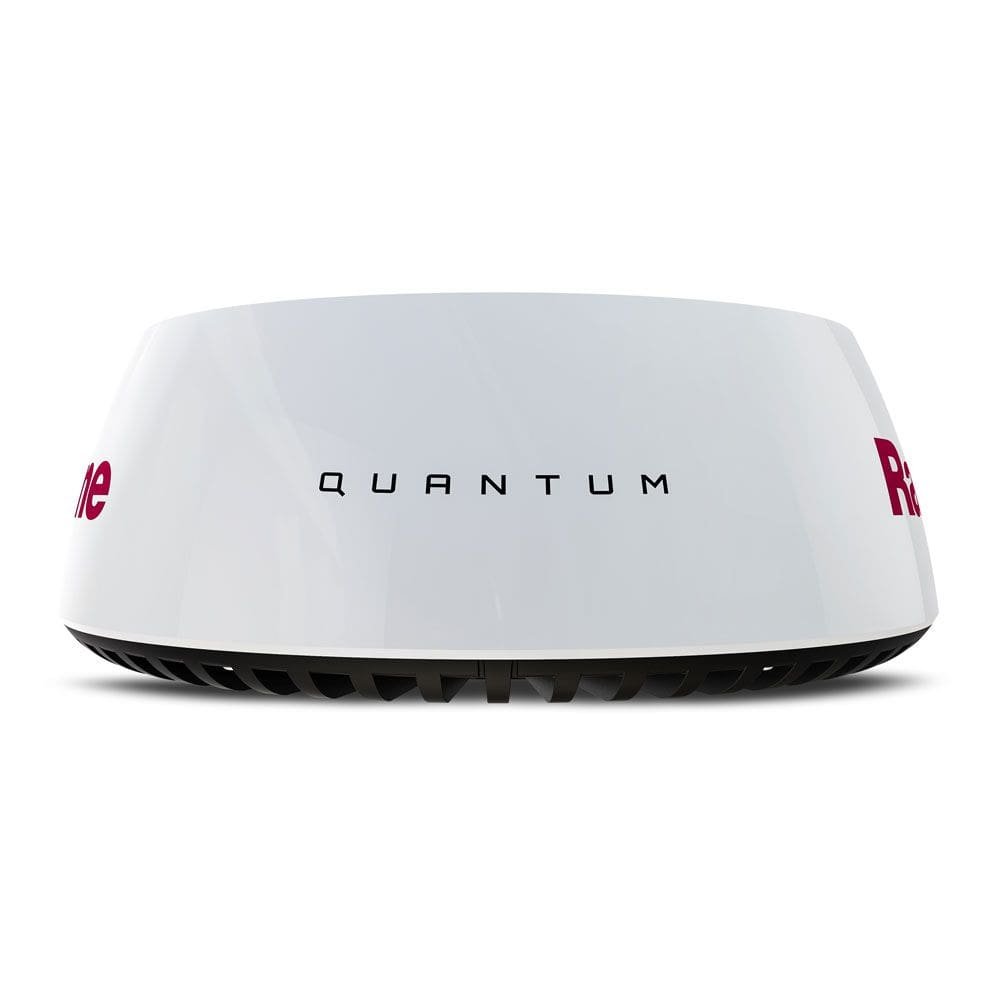
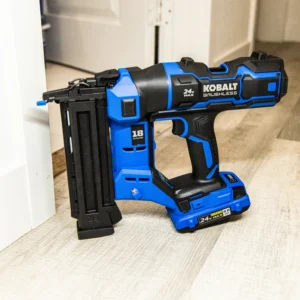
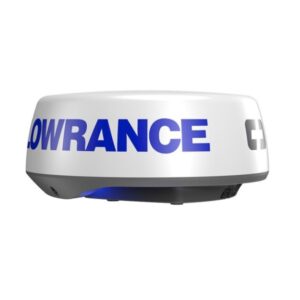
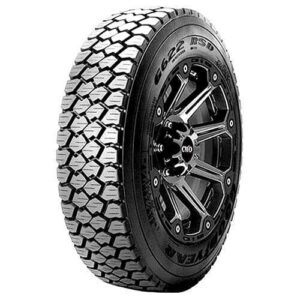
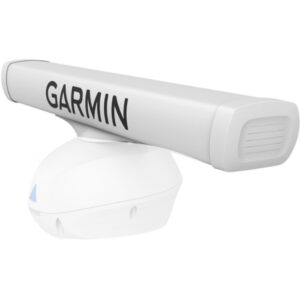
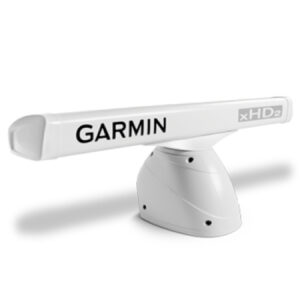
There are no reviews yet.